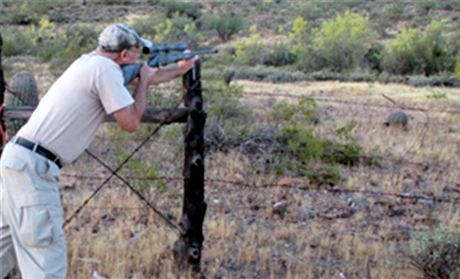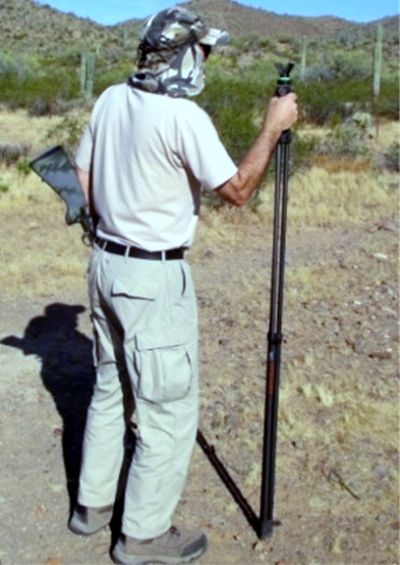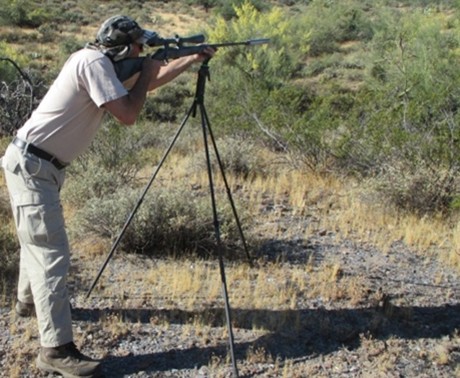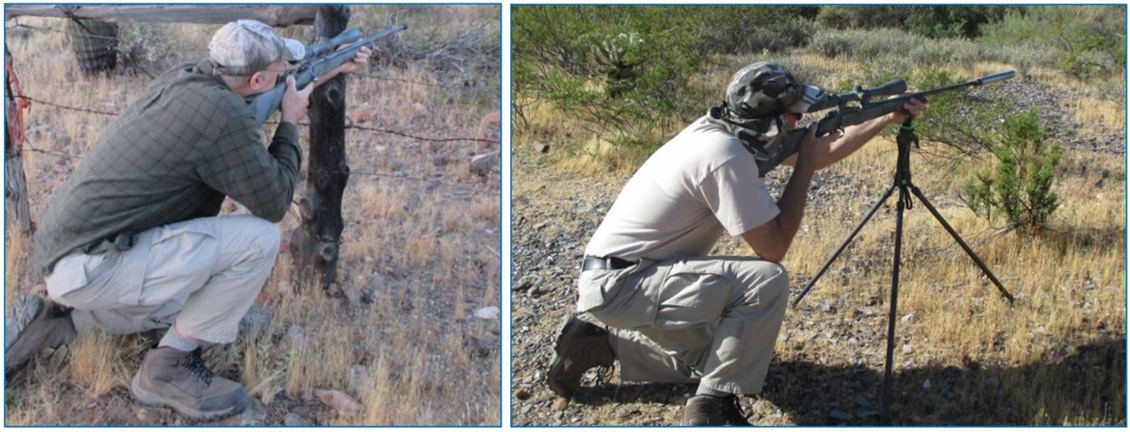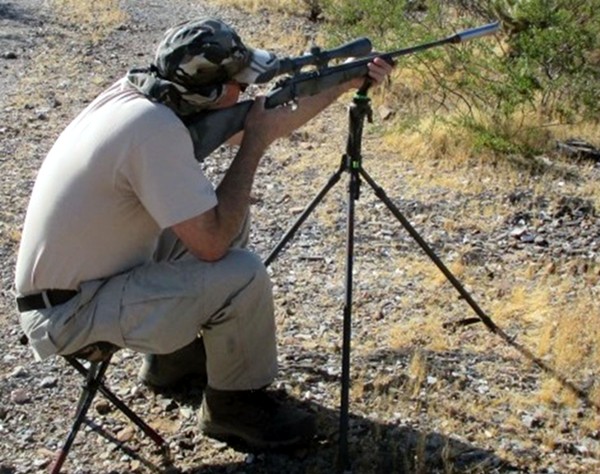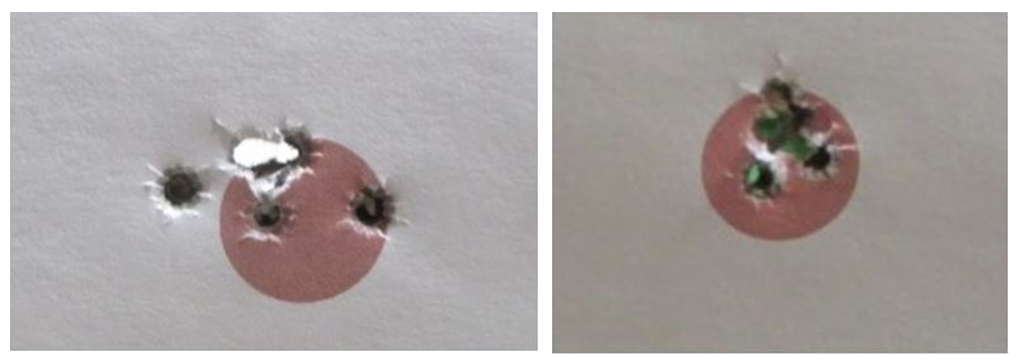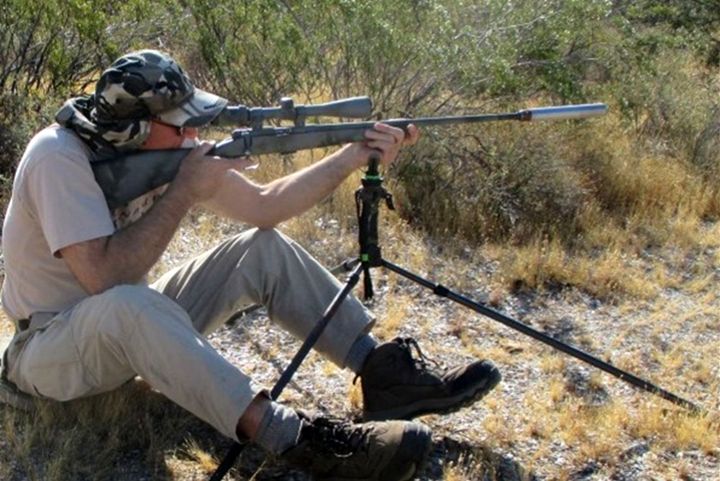
| Articles | Documents | Equipment | Events | Links | Membership | Miscellaneous | Scrapbook | Targets | What's New |
| Field Positions | June 2019 | |||||||
| Gerhard Schroeder
| ||||||||
|
One of those events took place during my 2018 deer hunt. I had the opportunity
to make a longer shot, and a large enough boulder close by to execute that shot.
Another happened during the last day of that season, accompanying Ron, testing
Steve’s Primos Tripod as a walking stick. And in February, now using my own
Tripod, it helped me tremendously in quietly stalking after pigs.
Until then, my walking stick was cut from a dead agave, and to which I had
attached my home-made cross sticks. Clearly a very low-cost ‘rig’ which also
did help me kill a mule deer four seasons ago. But it had serious downsides.
Worst was that the agave stick would strongly amplify noise when I carelessly
struck it, even lightly, against rocks or roots, etc. And too often the
attached cross sticks would rattle loudly as well. In fact, during last year’s
hunt I had taken the cross sticks off for that very reason. Plus, when the
moment came and the buck showed up, it took too much time to employ them.
But for anything that does not require a fast and forceful stab into the
ground for hiking stability, the tripod with legs tied together at their
bottom – Primos includes a rubber strap for that – is a comforting walking
stick in the rugged Arizona terrain. And with sufficient height adjustment
to fit all. Just keep away from its adjustment trigger when using it as a
stick. Its biggest advantage? The rubber feet make it as quiet as it could
be. That alone sold me on divorcing from my agave stick.
Let’s move on to how they might help with taking shots. Start with a simulated
fence post. OK, OK, when would it be really the case that a fence post happens
to be handy while Mr. buck shows up?? Even a suitable tree trunk is rarely
handy. The point is one of comparison. And while the fence post used for this
comparison felt definitely more ridged, both were a great improvement over
shooting offhand.
Back to fences for a moment: Years ago, with Glenn Samson and Mike Kelley, we
came across a prairie dog town near a corral. We used that fence to put a big
dent into the local rat population. And in Germany, over the years, many roe
deer wished a fence would not have been there. Also, on more than one occasion
have I been able touse a fence to get closer, lining the posts up so that they
seem like a virtual wall, completely covering me while I dvanced. Of course that
only works if the game relatively close to the fence line; the closer to it, the
better.
Aside from benchrest, going prone with an attached bipod is the second most stable
way to shoot. However, the lower we go in the field, the more likely it is that
vegetation gets in the way of the bullet. In Arizona I never had that chance. I
attempted it once in 17B on a mule deer, but had to get back up due to seeing too
much grass in the scope. In Germany I did kill one doe from prone. That was in
deep winter with snow covering all grass and me on my belly on top of the frozen,
and therefore dry white stuff. Therefore, if the terrain allows it, here’s a better
way to use a fence:
Unlike from standing, while kneeling one elbow is on the knee. It makes a noticeable
difference.
It can get better, at least for me. That’s because kneeling has not been my thing.
I have never killed anything from the kneeling position. I never practiced it, and
am therefore no better from it than shooting offhand, which I do regularly. I strain
noticeably more in the kneeling position than doing this:
Sitting, even on that silly short three-legged ‘thing’, is more comfortable, especially
so the longer I must remain in position. Besides, that excuse of a chair is very light
and easily fits into my pack. Note though, that still only the trigger hand elbow is
supported. The other arm is mostly extended, with the support hand on the tripod.
To date, it is from the sitting position that I’ve done much of my practicing, and most
of it with a 22 rifle. So then, how accurate can we get with such an arrangement?
Here are two examples, both shot with my CZ 452 while Steve was with me, at a good 50
steps away.
The Primos can do one more trick, all the way down.
Of course the tripod also supports a handgun. I’ve only employed it with a TC
Contender. Steve has used his that way for several seasons. You may have seen him
doing so at our Handgun Hunter events.
What I have not really practiced is the transition from stick to tripod, pretending
that game is in sight. The steps are obvious: first invert the stick to untie the
rubber strap, then fold the legs outward, then make the final height adjustment while
getting or being in the chosen shooting position. Simple enough, especially the
height adjustment. For that you only depress that trigger. In the moment of truth
we’d better do all those steps carefully, probably slowly to avoid detection, or
undue alarming of our prey.
Chances are, of course, that in some encounters with the game which matches our tag,
there may not be enough opportunity to use the Primos. Such was the case on my
javelina hunt this last February. Rather than unfold the thing, I opted to go offhand.
For that the Primos was basically in the way. But I easily solved that dilemma by
positioning and squeezing it between my legs, instead of letting it drop to the ground.
Even that time though I may have not come within shooting distance of the pigs without
the help of the tripod as walking stick.
The Primos Tripod means that you can bring a suitable tree, fence post, boulder, etc.
with you. From now on I will not hunt big game in Arizona without it.
| ||||||||
| If you enjoyed this story, or found it useful, please consider clicking here to join the NRA at a discount of $15 off the normal membership cost. You will be supporting both this website and adding your voice in support of the Second Amendment. Thank you very much. |
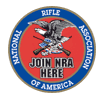
|

|
|
